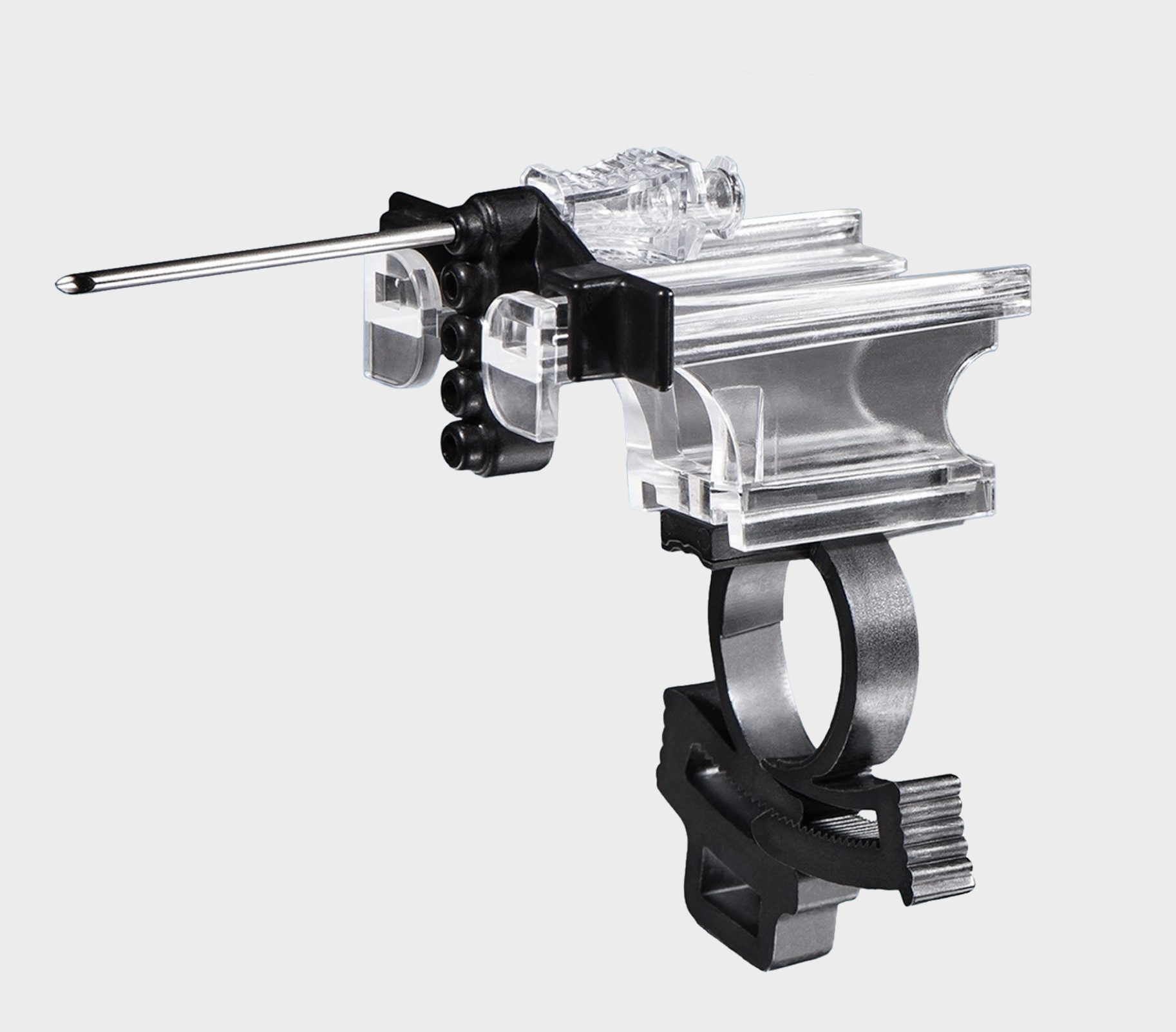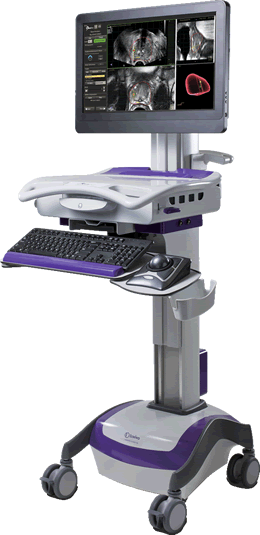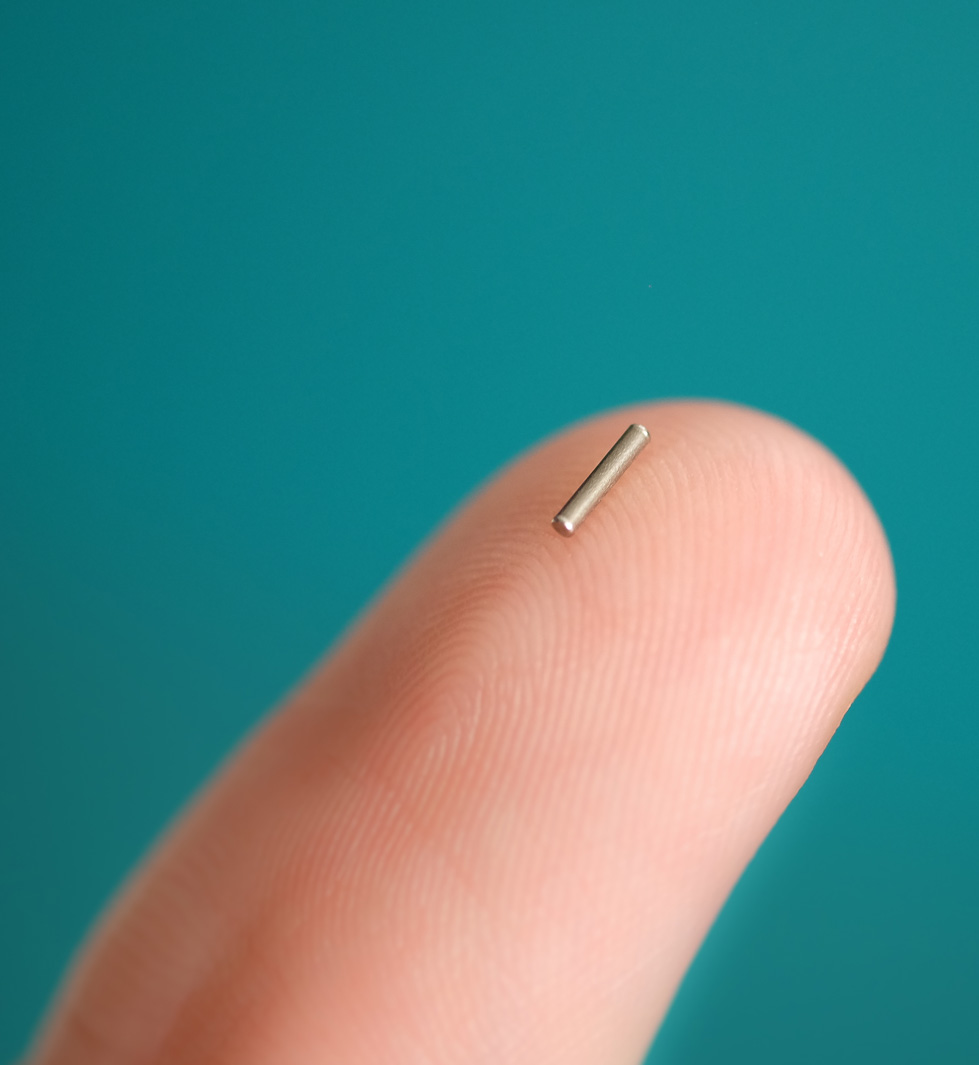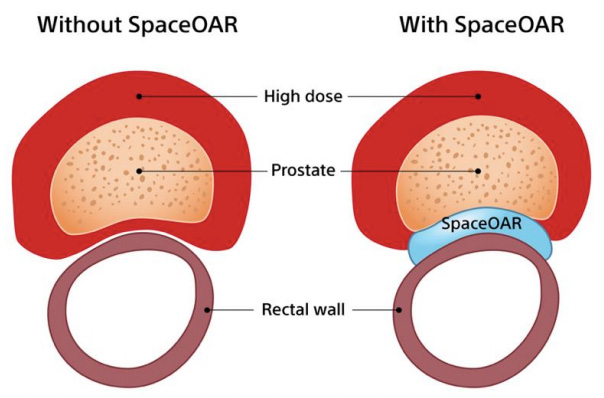da Vinci Robotic Prostatectomy
 The da Vinci® Surgical System is a sophisticated robotic platform designed to expand the surgeon’s capabilities and offer a state-of-the-art minimally invasive option for major surgery. Advanced Urology Institute’s Lance Patrick Walsh, MD, PhD, is a highly trained urologic surgeon using the da Vinci robotic surgical system to perform prostate surgery (prostatectomy).
The da Vinci® Surgical System is a sophisticated robotic platform designed to expand the surgeon’s capabilities and offer a state-of-the-art minimally invasive option for major surgery. Advanced Urology Institute’s Lance Patrick Walsh, MD, PhD, is a highly trained urologic surgeon using the da Vinci robotic surgical system to perform prostate surgery (prostatectomy).
One of the most common treatments for prostate cancer involves the surgical removal of the prostate gland, known as radical prostatectomy. Traditional radical prostatectomy requires a large, 8-10 inch incision. This open surgery commonly results in substantial blood loss, a lengthy and uncomfortable recovery and the risk of impotence and incontinence.
Transperineal Ultrasound (TPUS) Prostate Biopsy
 A prostate biopsy is a procedure used to diagnose prostate cancer and in general is performed in men with an abnormal PSA, a palpable abnormality on a digital rectal examination or an increasing PSA level. There are two approaches to a prostate biopsy, the more common Transrectal Ultrasound (TRUS) guided prostate biopsy via the rectum and the more complicated Transperineal Ultrasound (TPUS) guided prostate biopsy via the perineum. By passing the biopsy needle through the perineum instead of the rectum, the risks of infection associated with the transrectal approach are minimized and an accurate sampling of all zones is maximized with the ultrasound fusion.
A prostate biopsy is a procedure used to diagnose prostate cancer and in general is performed in men with an abnormal PSA, a palpable abnormality on a digital rectal examination or an increasing PSA level. There are two approaches to a prostate biopsy, the more common Transrectal Ultrasound (TRUS) guided prostate biopsy via the rectum and the more complicated Transperineal Ultrasound (TPUS) guided prostate biopsy via the perineum. By passing the biopsy needle through the perineum instead of the rectum, the risks of infection associated with the transrectal approach are minimized and an accurate sampling of all zones is maximized with the ultrasound fusion.UroNav
The UroNav fusion biopsy system offers a sophisticated, high-tech approach to determining if cancer is present in the prostate gland. UroNav fuses pre-biopsy MRI images of the prostate with ultrasound-guided biopsy images in real time.
 What does this do? This 3-D imaging allows your urologist to better detect suspicious prostate lesions, and then biopsy them. Additionally, UroNav’s clear imaging allows for perfect visualization. UroNav operates like your car’s GPS system, allowing your physician to navigate to, and determine the exact location of the biopsy needle. The result is a more accurate, faster diagnosis for you – and potentially, better treatment outcomes.
What does this do? This 3-D imaging allows your urologist to better detect suspicious prostate lesions, and then biopsy them. Additionally, UroNav’s clear imaging allows for perfect visualization. UroNav operates like your car’s GPS system, allowing your physician to navigate to, and determine the exact location of the biopsy needle. The result is a more accurate, faster diagnosis for you – and potentially, better treatment outcomes.
How Does UroNav Work?
Before, if prostate cancer was suspected, you’d undergo a standard biopsy procedure via ultrasound. The images were good, but they weren’t always sophisticated enough to detect the cancer. Standard biopsies were often the next step.
Enter the UroNav fusion biopsy system – which combines magnetic resonance images (MRIs) of the prostate with ultrasound-guided biopsy images. Together, this approach gives your urologist an incredibly accurate, detailed view of your prostate – and of any suspect lesions. This technology allows your urologist to pinpoint the exact location of the lesion, and then proceed with the biopsy.
What are the Benefits of UroNav?
UroNav offers many benefits for prostate biopsies. It allows your doctor to pinpoint suspicious areas more easily, increasing the likelihood of finding cancer if it’s present. This, in turn, may help to reduce the number of tissue samples required during your prostate biopsy, leading to reduced discomfort and bleeding, and a lower risk of infection. Your post-biopsy recovery time will be shortened, as well.
Additionally, with the UroNav fusion biopsy system, you won’t be waiting as long for your results. The faster your results are available, the more quickly you – and your doctor – can discuss your treatment options.
Cesium Blu Brachytherapy
Advanced Urology Institute at Titus offers the power of Cesium Blu brachytherapy for prostate cancer treatment.
Cesium Blu Brachytherapy is a type of radiation treatment used to treat prostate cancer. During the treatment, our doctors use advanced tools to plan and place small “seeds” of radiation inside the tumor. Due to its clinical efficacy and side effect resolution, Advanced Urology Institute at Titus is proud to offer brachytherapy for the treatment of prostate cancer.
 What is Cesium Blu brachytherapy?
What is Cesium Blu brachytherapy?
Brachytherapy is an outpatient cancer treatment that places radiation directly inside the tumor, or at the surgical margin allowing for a highly targeted treatment dose to be delivered to the target region, while limiting dose to the surrounding, critical structures. Cesium Blu, Cesium-131, seeds are the size of a grain of rice and release a personalized radiation dose over a period of days. This allows for effective treatment while minimizing damage to nearby tissue, and thereby limiting side effects.
SpaceOAR
 SpaceOAR Hydrogel is an option for men who undergo radiation treatment for prostate cancer. It acts as a spacer providing space between the rectum and the prostate, reducing radiation exposure to the rectum. It is injected into place prior to the start of radiation treatment. Patients may be awake or asleep under general anesthesia for the procedure. SpaceOAR Hydrogel remains stable during radiation therapy and then is gradually absorbed by the body after radiation therapy has been completed.
SpaceOAR Hydrogel is an option for men who undergo radiation treatment for prostate cancer. It acts as a spacer providing space between the rectum and the prostate, reducing radiation exposure to the rectum. It is injected into place prior to the start of radiation treatment. Patients may be awake or asleep under general anesthesia for the procedure. SpaceOAR Hydrogel remains stable during radiation therapy and then is gradually absorbed by the body after radiation therapy has been completed.
More Information & Videos
Prostate Cancer & Treatment Options - Webinar with Dr. Lance P. Walsh - September 29, 2021
Prostate Cancer we have to be judicious about who gets screened, biopsied and operated on.
You have had a prostate biopsy and it shows you have prostate cancer, what is next?
Reduce the risk of potential side effects from radiation treatment for prostate cancer.
Reduce the risk of potential side effects from prostate cancer radiation treatment with SpaceOAR.
Erectile Dysfunction Treatment Options with Dr. Lance Walsh - June 23, 2021
Reducing side effects from radiation for #prostatecancer, SpaceOAR Hydrogel.

